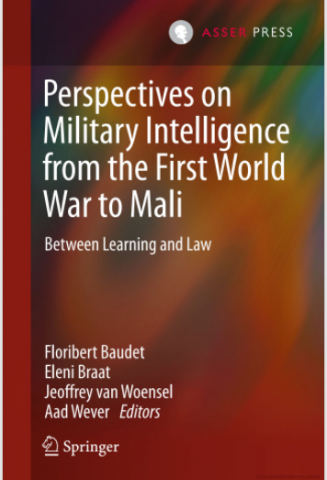Lucien Conein, Legendary OSS, Special Forces and CIA Officer - Forgotten by the USASOC History Office?
by Jelle Hooiveld
The USASOC History Office caused quite a stir in the US Special Forces and Intelligence community with its eyebrow-raising article about OSS influence on Special Forces, published in Veritas in 2018. Troy Sacquety, author of this article, concluded that “a grossly disproportionate share of the pioneering influence” was incorrectly attributed to the OSS veterans who joined early Special Forces. Sacquety also noted - in no uncertain terms - that this erroneous conferment was the result of “disinformation and exaggeration by the active force and veteran associations”.
David S. Maxwell, a retired US Army Special Forces Colonel, responded in Small Wars Journalby noting that rather than only assess the numbers of OSS members in early SF, USASOC History Office would “do a great service by reminding readers that today’s SF assessment and selection, organization (especially the ODA), training, doctrine, and most important the foundational mission of SF, unconventional warfare, are directly related to and descended from the OSS”. Maxwell was also right in remarking that USASOC History Office undermined its own argument by emphasizing that the five former OSS instructors (identified in the Veritas’ article), were the ones “who provided the most influence from their OSS experiences on the developing force”. Finally, Maxwell adds that there were at least fifteen - not fourteen - former OSS who served in SF from 1952 to 1954: USASOC History Office's list failed to include Robert McDowell, who served with the OSS in Yugoslavia.
One could argue about Sacquety’s conclusion whether OSS influence on SF is exaggerated or not, his quantitative analysis of the number of OSS veterans in early SF is interesting. However, what exactly constitutes “early SF”? Why did Sacquety’s limit the time period to 1952-1954? What if he had included 1955, 1956, or the late fifties - when SF was still in its “pioneering” phase? Would this have led to different research findings? The answer is “yes”.
Read the whole article


